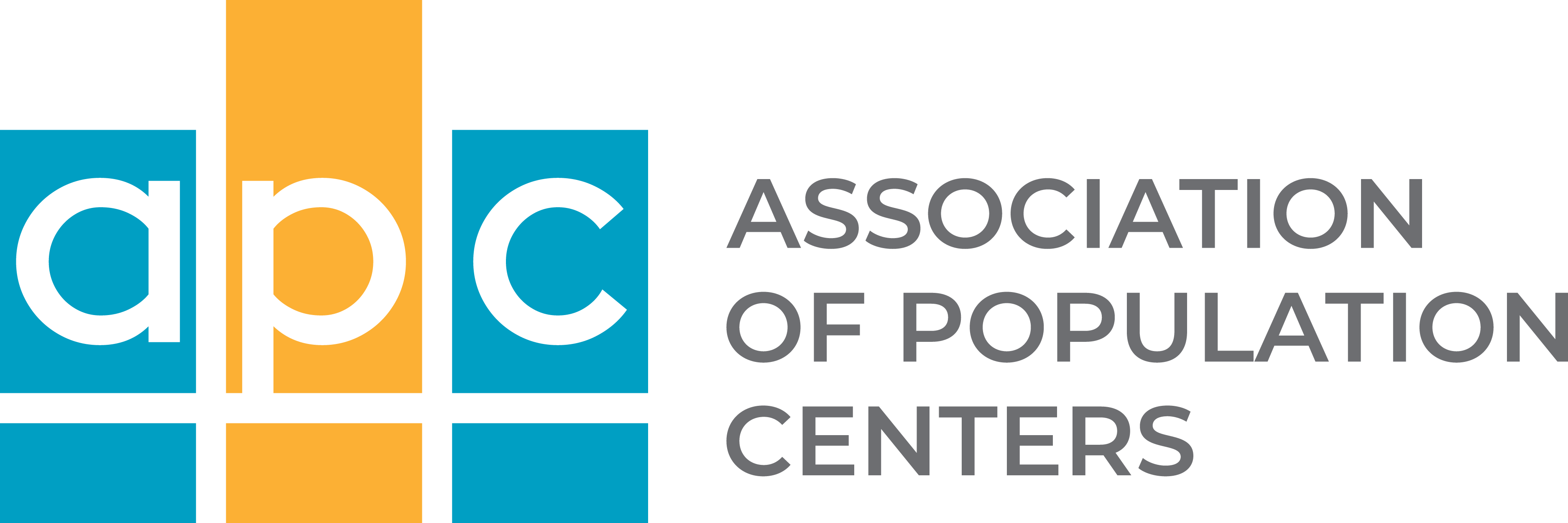NICHD Director’s Corner September 2024
The beginning of the school year often necessitates schedule changes, especially when sleep is concerned. Bedtimes may drift later during summer because of the longer days and warmer nights. But children need adequate sleep to thrive academically and socially at school.
Sufficient sleep helps kids stay focused, which can boost their academic performance. A recent NICHD-funded study linked irregular sleep and late bedtimes to worse grades and more school-related behavioral problems among teens. Ongoing work seeks to better understand how sleep may directly affect—or be affected by—learning throughout childhood.
Other research strives to improve understanding of contributors to poor sleep. One project is assessing the potential impact of evening use of technology and digital media on preschoolers’ sleep and circadian rhythms, as well as aspects of executive functioning, such as self-control and working memory. Additional NICHD-funded research is investigating the potential relationships between sleep, brain development, and behavior among children with autism spectrum disorder, who are more likely to have sleep problems than their peers.
Concussions also raise the risk for sleep problems, which in turn may worsen concussion symptoms such as dizziness, headache, fatigue, and difficulty concentrating. A small NICHD-funded study suggests that aerobic exercise may improve sleep for adolescents with concussions. Concussion patients who performed more than 150 minutes of aerobic exercise weekly scored better on a sleep quality questionnaire than a group who exercised less. Expanding knowledge about the causes of poor-quality sleep and the factors that may improve sleep promises to help shape guidance for children and their families.
In addition to schedule adjustments at home, children also must adapt to new school routines and social situations. The back-to-school period can be challenging, and in some cases, may pose safety risks. A report from the U.S. Secret Service National Threat Assessment Center (PDF 7.2 MB) found that incidents of school violence tend to occur most frequently at the start of the school year or after students return from winter break. School violence has far-reaching effects on students, staff, and communities.
NICHD-funded research strives to develop evidence-based strategies to prevent school violence. For example, researchers are developing an automated risk assessment system that can analyze student interviews to predict risk for aggression and violence.
Many instances of school violence involve firearms. In June, the Surgeon General issued an advisory declaring firearm violence in America a public health crisis. Firearms are the leading cause of death for children and adolescents in the United States, and many youths report experiencing fear about firearm violence, especially school shootings.
NICHD funds the Firearm Safety Among Children and Teens (FACTS) Consortium, which seeks to reduce firearm injuries and deaths. A recent FACTS study indicates that firearm injuries may increase the risk for mental health disorders more than other kinds of traumatic injuries, such as those from a motor vehicle crash. The findings suggest that children hospitalized after firearm injuries may benefit from mental health screenings and interventions.
NICHD also is supporting a nationwide study to assess the effectiveness of various school safety tactics and policies at preventing school shootings, as well as their impact on student discipline. Providing schools with robust scientific data to inform public health policies will ultimately contribute to safer and more equitable learning conditions for children across the nation.
